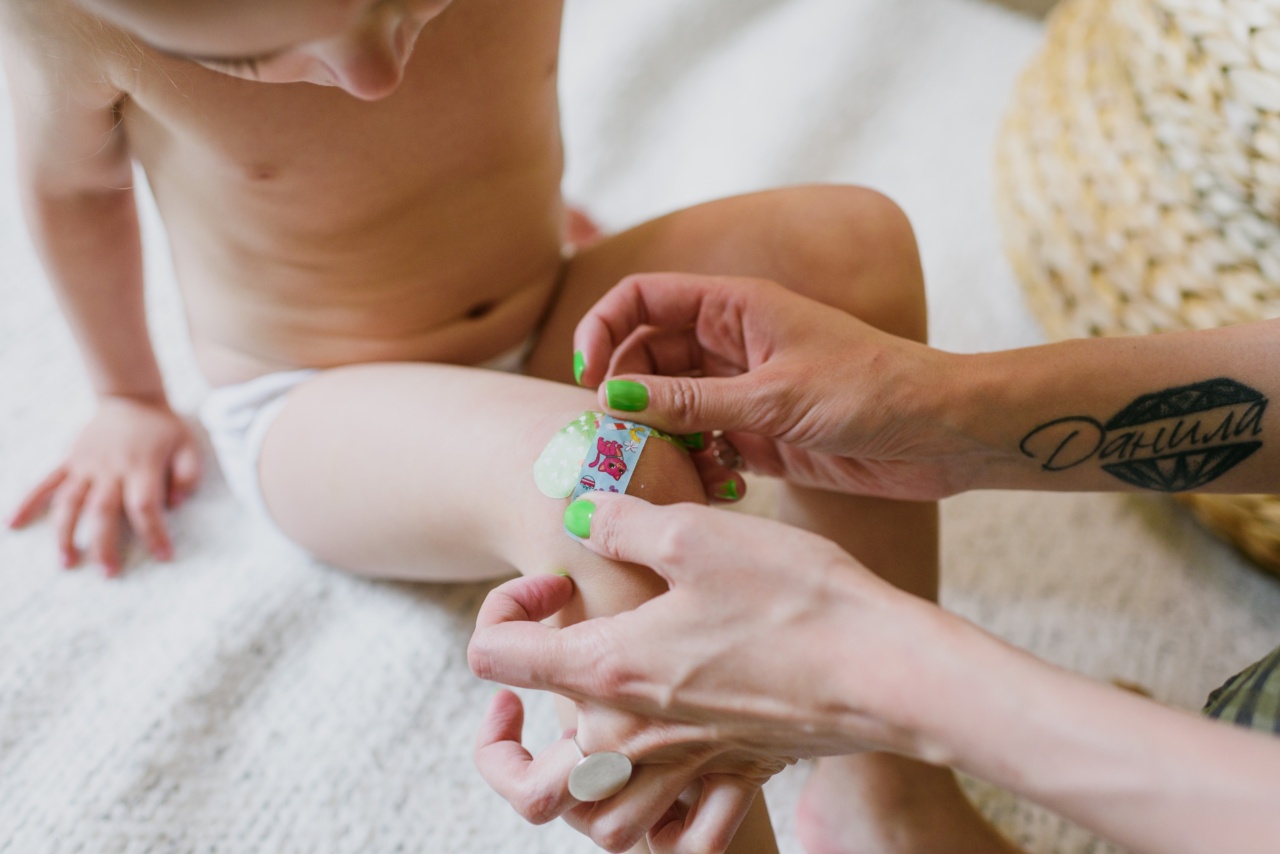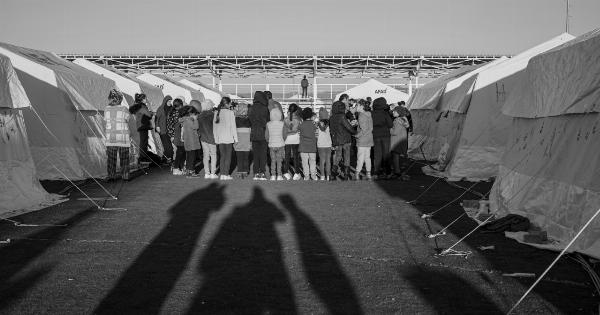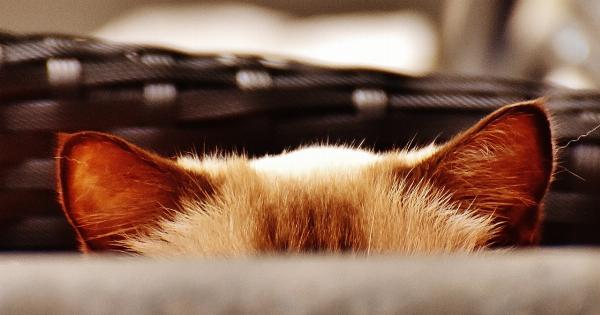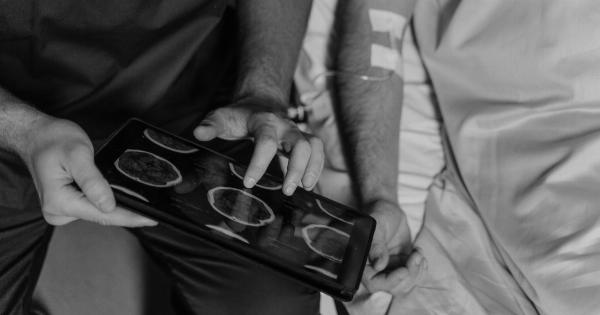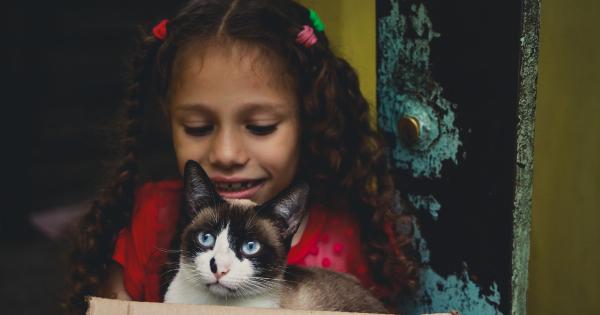As parents, we do everything we can to keep our children safe. However, accidents can still happen. Knowing how to respond to a child injury can make a significant difference in the outcome.
In this article, we will discuss some common child injuries and how to provide first aid.
Choking
Choking is a common occurrence in young children who tend to put anything they come across in their mouth. If a child is choking, follow these steps:.
- Call 911 immediately.
- Place the child face down over your forearm with their head down and support their chin with your hand.
- Using the heel of your hand, deliver five back blows between the child’s shoulder blades.
- If the object is still lodged in their throat, turn the child over, and deliver five chest thrusts by placing the heel of your hand on the child’s sternum and compressing it.
- Repeat until the object dislodges, or emergency responders arrive.
Burns
Burns are another common injury in children, occurring due to hot liquids, flames, or hot objects. To treat minor burns:.
- Immediately run cool water over the affected area for at least 10 minutes or until the pain subsides.
- Cover the burn with a clean, dry cloth.
- For pain, give the child acetaminophen or ibuprofen according to the package directions.
- If the burn is severe or covers a large area, seek emergency medical attention.
Broken Bones
Bones are more fragile in children than adults, so fractures are more common. If you suspect your child has a broken bone, follow these steps:.
- Call 911 immediately.
- Support the injured area with a splint using whatever materials you have available (such as a rolled-up newspaper or a stick).
- Apply ice to the affected area, wrapped in a towel or cloth.
- Keep the child still and comfortable until emergency responders arrive.
Head Injuries
Head injuries are a common occurrence among children due to their high activity levels. To respond to a head injury:.
- If bleeding, apply direct pressure with a clean cloth until it stops.
- Elevate the child’s head to reduce swelling.
- Apply a cold compress to the affected area to reduce swelling.
- Seek emergency medical attention immediately if the child loses consciousness, experiences a seizure, or exhibits severe symptoms such as vomiting, lethargy, or confusion.
Cuts and Scrapes
Cuts and scrapes are inevitable in childhood, but most can be treated at home. Here’s what to do:.
- Clean the affected area with soap and water.
- Apply an antibiotic ointment to the wound.
- Cover the area with a sterile bandage.
- Change the bandage daily, or more often if it becomes wet or dirty.
- If the cut or scrape is deep, seek medical attention.
Bites and Stings
Children are prone to insect bites and stings, which can trigger an allergic reaction. To treat a bite or sting:.
- Remove the stinger if present (in the case of bee or wasp stings).
- Clean the area with soap and water.
- Apply a cold compress to reduce swelling.
- If the child exhibits significant swelling or difficulty breathing, seek emergency medical attention.
Nosebleeds
Nosebleeds are common in children, usually due to nose picking or dry air. To stop a nosebleed:.
- Have the child sit upright and slightly forward.
- Pinch the soft part of the child’s nose (just below the bridge) with your thumb and forefinger.
- Hold the pinch for at least 10 minutes, and remain calm.
- If the bleeding persists or the child shows other signs of illness, seek medical attention.
Seizures
Seizures can be alarming for both the child and the caregiver. To respond to a seizure:.
- Remove any objects that might harm the child during the seizure.
- Place the child on their side to prevent choking or aspiration.
- Loosen any tight clothing around the child’s neck.
- Observe the duration of the seizure and any movements or symptoms displayed.
- Seek emergency medical attention if the seizure lasts longer than five minutes or if the child exhibits difficulty breathing or loss of consciousness.
Poisoning
Children can accidentally ingest hazardous substances, such as household cleaners, medications, or chemicals. If you suspect your child has ingested something poisonous:.
- Remove any substances or objects from the child’s mouth.
- Collect the substance or a sample of it, if possible, to provide information to healthcare providers.
- Call Poison Control at 1-800-222-1222, which is a free 24/7 hotline, for guidance on next steps.
- Seek emergency medical attention.
Conclusion
Child injuries are an inevitable part of growing up, but knowing how to respond to them can make a huge difference. The above guidelines should be followed to provide first aid to children who suffer from common injuries.
